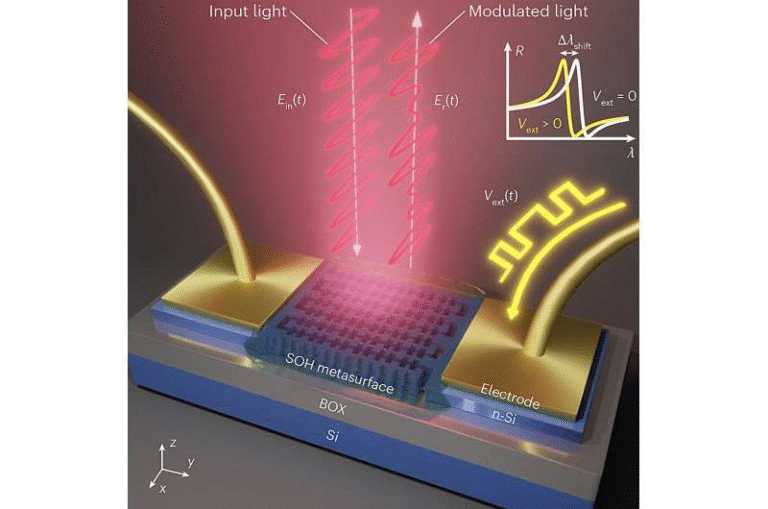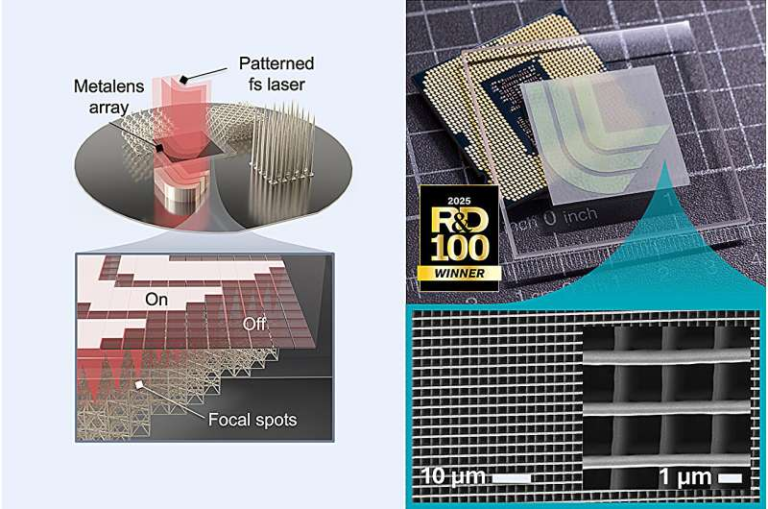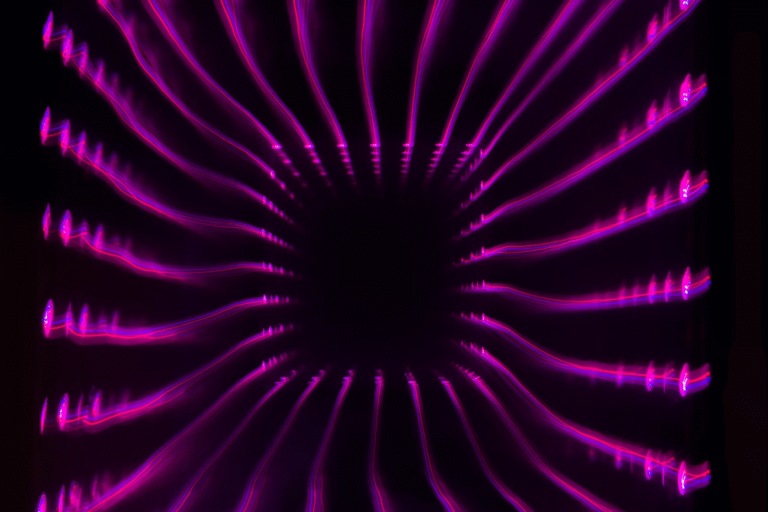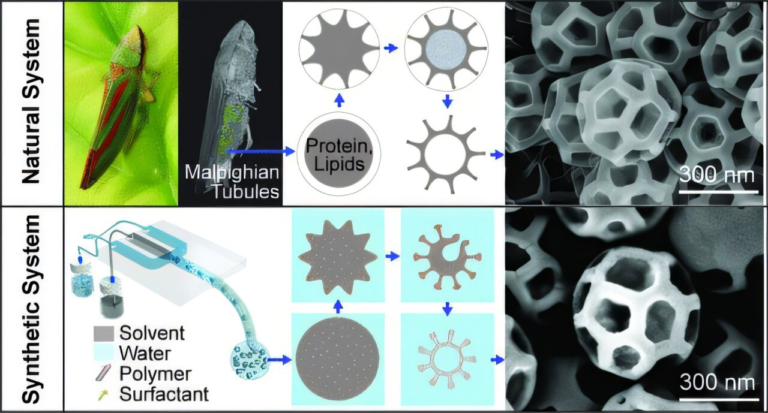Magnetic Nanohelices Show Room-Temperature Spin Control in Major Spintronics Breakthrough
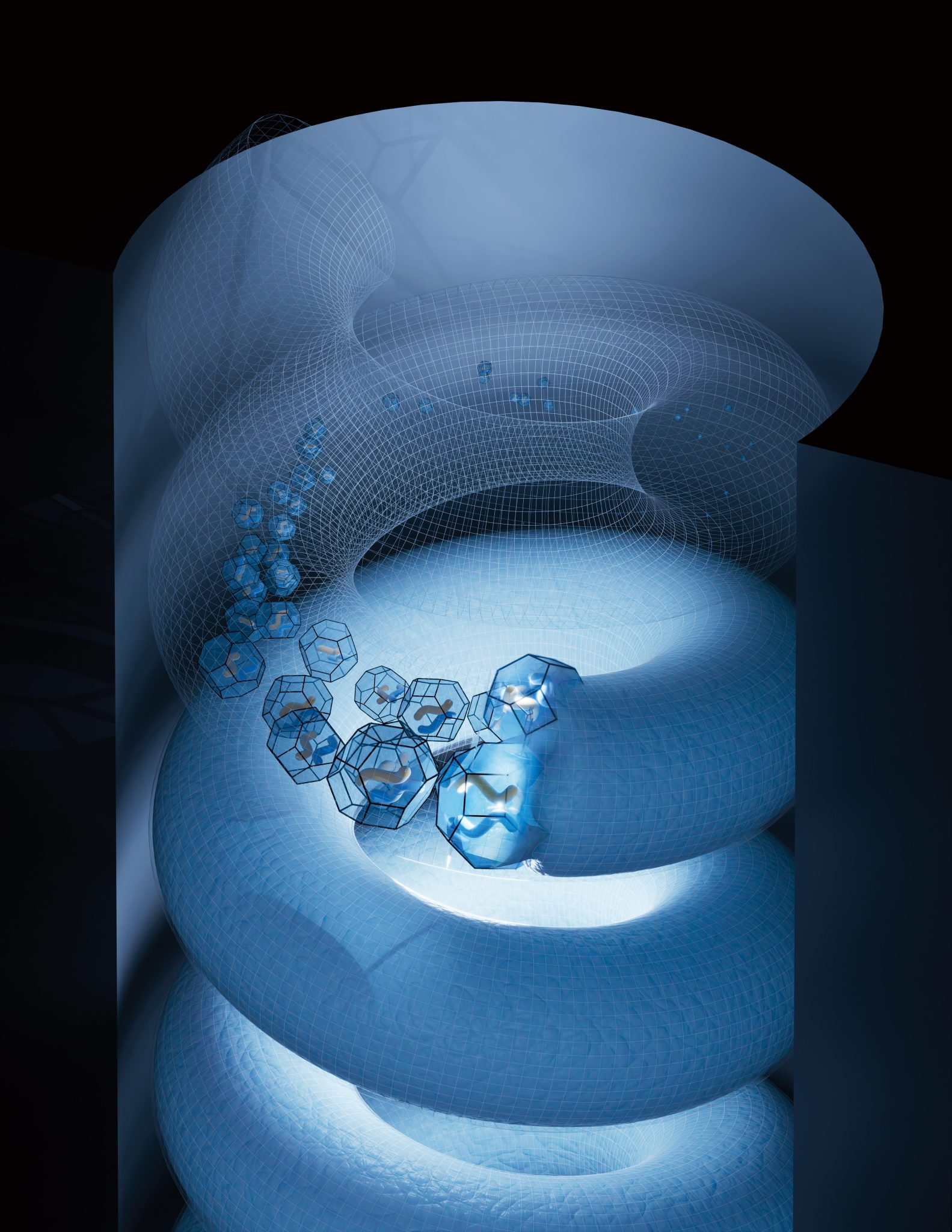
Researchers in South Korea have developed magnetic nanohelices that can control electron spin at room temperature, marking a significant advance in spintronics research. This work was led by Professor Young Keun Kim of Korea University and Professor Ki Tae Nam of Seoul National University, and it has been published in the journal Science on September 4, 2025.
The paper is titled “Spin-selective transport through chiral ferromagnetic nanohelices” and appears in volume 389, issue 6764, pages 1031–1036.
Spintronics and the Challenge of Spin Control
Spintronics (short for spin electronics) aims to use the spin of electrons—their intrinsic angular momentum—rather than just electric charge, to process information. By exploiting spin, devices could potentially operate faster and with much lower energy consumption. However, one of the long-standing challenges has been creating materials that can reliably direct and filter spin at practical temperatures. Until now, many spintronic approaches required cryogenic conditions or highly complex magnetic setups.
The Breakthrough: Chiral Ferromagnetic Nanohelices
The Korean team fabricated chiral ferromagnetic nanohelices using an electrochemical growth process with cobalt–iron (Co–Fe) nanoparticles. What makes this result exceptional is that the nanohelices demonstrated spin polarization of more than 80% purely from their geometry and inherent ferromagnetism. This means they act as natural spin filters without needing external magnetic circuitry or ultra-cold environments.
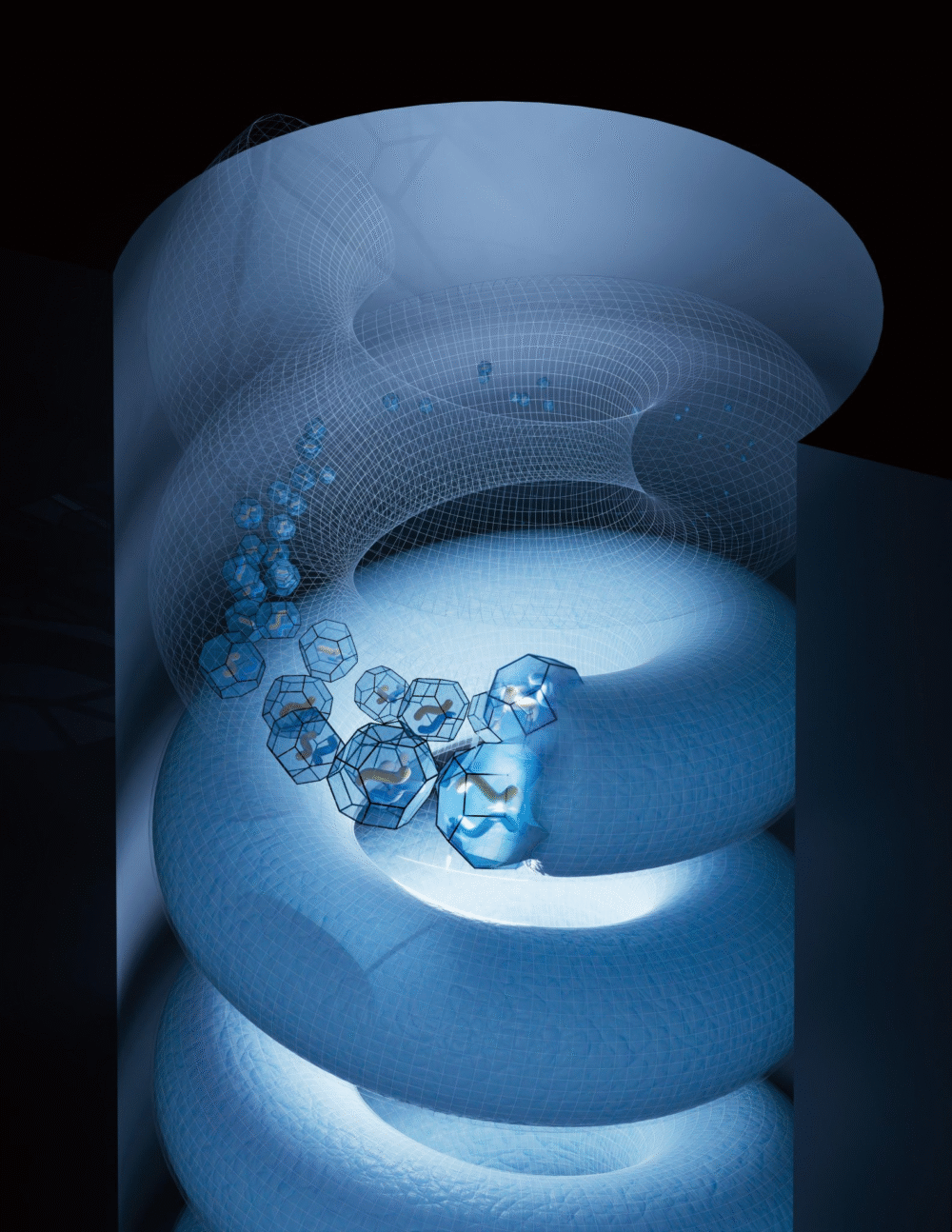
These helices are not only magnetic but also structurally chiral—they have a defined handedness, either left- or right-handed. Such chirality is common in organic molecules, where handedness often determines chemical or biological function. However, controlling chirality in inorganic materials, especially at the nanoscale, has been notoriously difficult. This team overcame that obstacle in a scalable way.
Engineering Chirality with Organic Molecules
The researchers achieved precise chirality by introducing trace amounts of chiral organic molecules such as cinchonine or cinchonidine during the synthesis. These molecules guided the crystallization of the metallic nanoparticles into helices with a chosen handedness. The ability to program left- or right-handed structures in inorganic systems represents a major innovation in materials chemistry.
The effect of chirality was also spin-dependent:
- Right-handed nanohelices allowed one orientation of spin to pass through while blocking the opposite.
- Left-handed nanohelices did the reverse.
This selective filtering demonstrates that geometry and magnetism together can regulate electron spin in a highly controlled manner.
Measuring Chirality and Spin Transport
To confirm that the helices were indeed chiral, the researchers devised a novel electromotive force (emf)-based evaluation method. By placing the helices under rotating magnetic fields, they could measure the emf generated. The left- and right-handed helices produced opposite emf signals, offering a quantitative and reliable way to verify chirality even in systems that do not interact strongly with light.
The team also observed long-range spin transport maintained by the material’s natural magnetization. Importantly, this spin transport remained constant regardless of the angle between the chiral axis and the direction of spin injection. This behavior was not seen in non-magnetic helices of the same size, showing that the ferromagnetic nature of the material was essential.
Even more impressively, the group created a solid-state device based on these nanohelices. This device exhibited chirality-dependent conduction signals, providing practical proof that the approach can be integrated into functional spintronic components.
Why This Matters
This research opens up a new platform for chiral spintronics. By combining geometry, chirality, and magnetism, the nanohelices provide a direct way to engineer electron behavior at the nanoscale using materials that can be fabricated through scalable electrochemical methods.
Unlike earlier strategies that relied on highly complex systems, this method can:
- Operate at room temperature.
- Avoid the need for cryogenic cooling.
- Achieve high spin polarization (>80%).
- Offer programmable chirality (left or right).
- Allow tuning of multi-stranded helices (double or multiple helix structures).
These advantages make it possible to imagine future applications in data storage, low-energy logic devices, and other areas where spintronics could outperform traditional electronics.
Reference
The research is detailed in Science: Spin-selective transport through chiral ferromagnetic nanohelices.
TL;DR
South Korean researchers built magnetic nanohelices from cobalt–iron nanoparticles that control electron spin at room temperature. By guiding chirality with chiral molecules, they achieved over 80% spin polarization and even demonstrated a chirality-based spintronic device, paving the way for scalable, low-energy spintronics.
